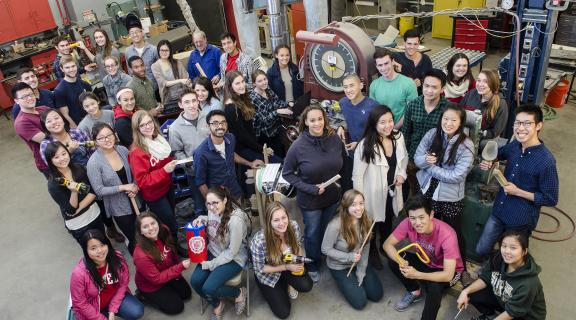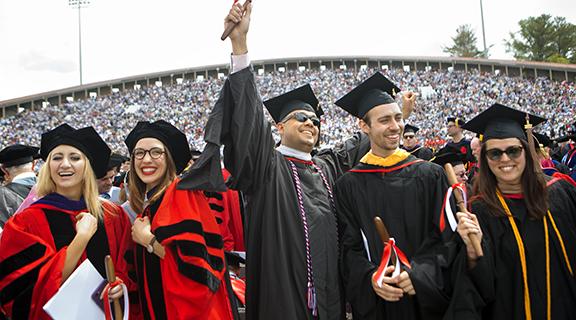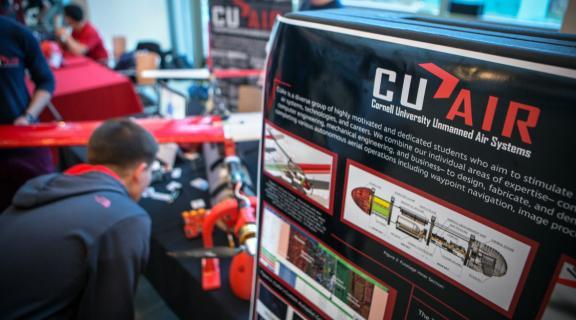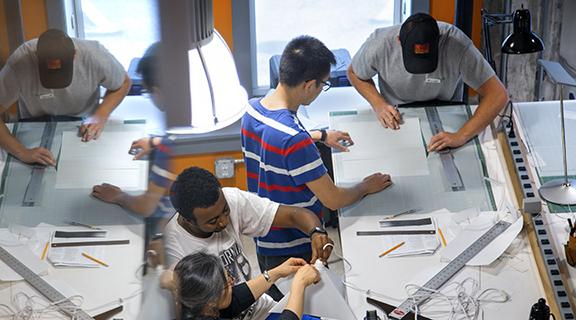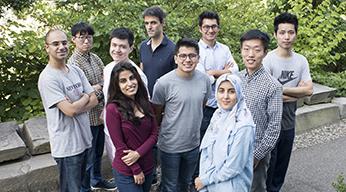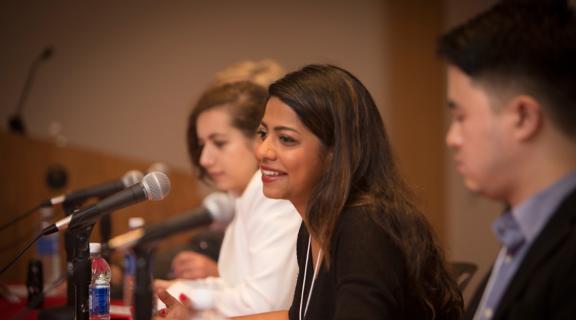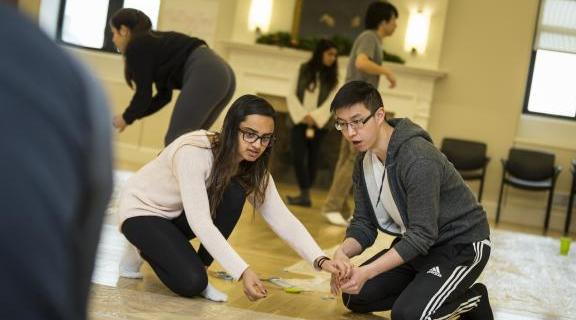
Admissions
Why Cornell Engineering?
"Scientists study the world as it is; engineers create the world that never has been."—Theodore von Karman
Cornell engineers challenge the status quo and do great things. Steeped in an environment of questioning, and with a focus on innovation, Cornell Engineering pursues excellence in all areas. Its faculty, students, and alumni design, build, and test products, improve the world of medicine, inform and shape our laws, create and drive businesses, become research luminaries, and overcome real and perceived barriers to achieve scientific breakthroughs that advance the quality of life on our planet.
We invite you to learn more about Cornell Engineering and its programs.
Did you know?
Raymond Donald Starbuck (Civil Engineering, B.A., 1900) was an All-American fullback and captain on the varsity football team in 1899 and 1900 leading the Cornell team to its first victory over Princeton in the history of the rivalry. He then served as the team's head coach in 1901 and eventually became one the top executives at North York Central Railroad from 1917 to 1949.
1967 – Dick Conway, Bill Maxwell (both Cornell faculty), and Miller publish their landmark text, Theory of Scheduling, which placed on a formal foundation the study of the entire area of production scheduling. In the decades that followed, the automatic scheduling of computers, transportation models, and eventually all aspects of industrial production are shaped by the directions outlined in this book.
The New York-Presbyterian/ Weill Cornell Medical Center is a pioneer in biomedical technology, partnering with the Department of Biomedical Engineering on the Ithaca campus.
Howard W. Riley (Electrical Engineering, M.S., 1901) created a new design for concrete septic tanks for farms in 1920. This invention greatly improved sanitation and overall health for many rural families. Riley-Robb Hall, where the department now resides, is named after him.
Professor Christine Shoemaker initiated and led the United National Environment Program/Scientific Committee on Problems of the Environment. The group focuses on groundwater contamination in development. She was also one of the first women engineering department chairs at an American university.


